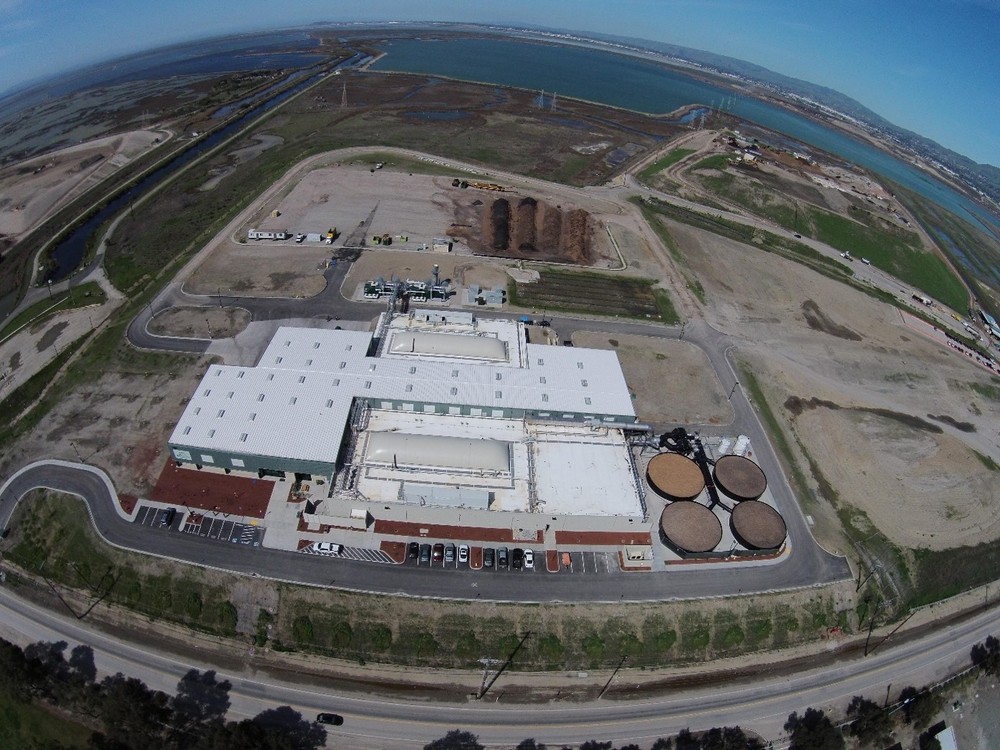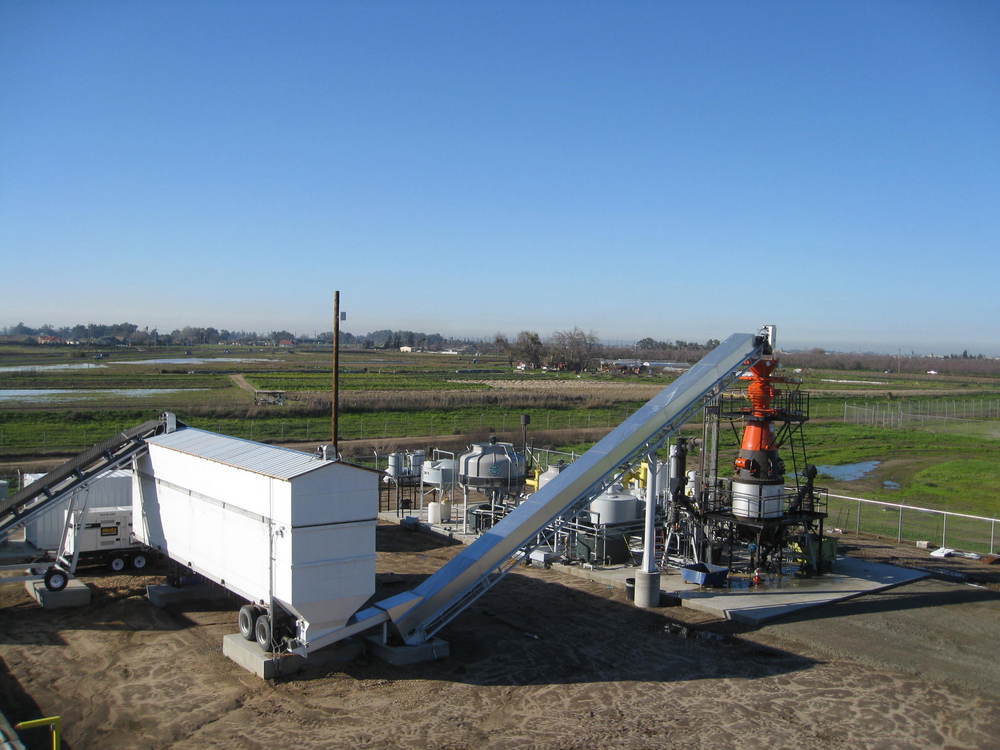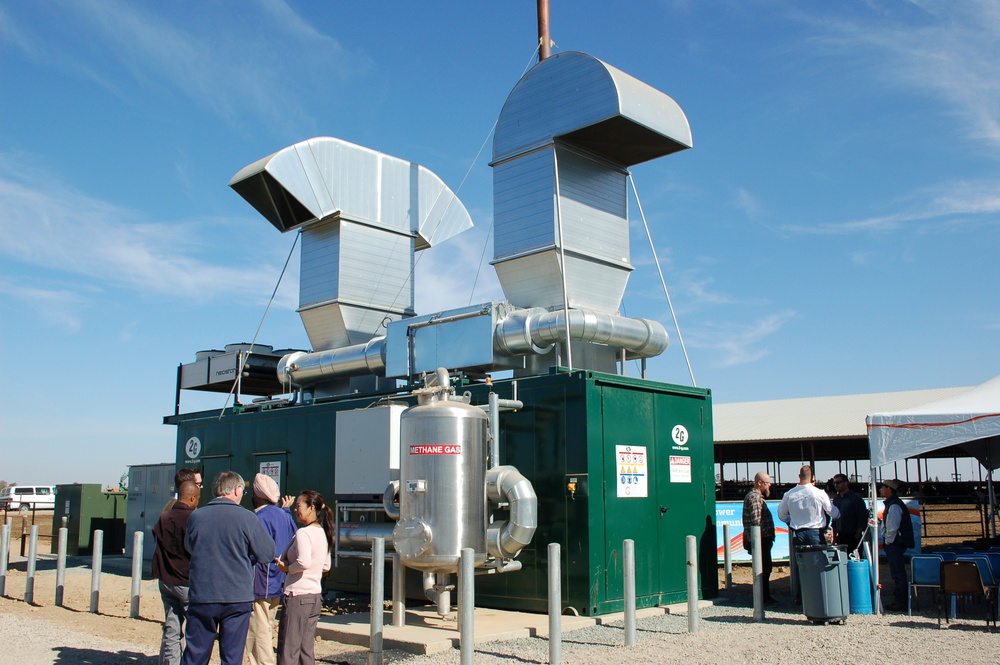California report emphasizes need for renewable gas standard













Julia Levin, Bioenergy Association of California
December 12, 2014
BY Katie Fletcher
The nonprofit Bioenergy Association of California published a report in November detailing why California needs a renewable gas standard (RGS). The report concludes that the biogas sector needs an effective regulatory framework and greater long-term certainty to reach the level of market penetration that will drive down costs and enable biogas to compete with the historically low cost of natural gas. “We need something that is longer-term and is more comprehensive, so that the industry itself doesn’t go through these boom and bust cycles, because it’s not that large of an industry, it needs long-term certainty to really grow at the pace and reach the levels that it should,” said Julia Levin, executive director of BAC.
Although natural gas is cleaner and cheaper than other fossil fuels, natural gas is a major source of California’s greenhouse gas emissions (GHG), more than a quarter, and water pollution. The state uses more than 2 trillion cubic feet of natural gas each year, and that number is increasing. The gas provides over half of the state’s electricity, heating and cooling, and an increasing amount of transportation fuels. The report further indicates California imports 91 percent of the gas it uses, costing the state more than $9 billion annually in natural gas purchases.
“While it is an important fuel and it is cleaner than other fossil fuels, we do need to decarbonize the gas supply, we do need to continue to push to make it as clean as possible,” Levin said. “I think it is important to educate policymakers and the public about this significantly cleaner carbon-negative alternative.”
The alternative is renewable gas. Levin said, the state could produce 10 percent of its’ total gas consumption, amounting to 284 billion cubic feet of renewable gas per year just from organic waste converted to biogas. This has the potential to generate nearly 7,000 MW to power 2 to 3 million homes, or 2.5 billion gallons of transportation fuels.
The paper focused on biogas, but it briefly mentioned the potential to produce renewable gas from renewable electricity. This form of renewable gas is not currently deployed in California, but is being developed in Germany and the U.K.
Advertisement
Advertisement
California has been making strides in the bioenergy sector over the years, but without a RGS the association believes the strides might not be quick enough. “There is widespread recognition about all the benefits now of bioenergy, but the combination of policies and incentives are not going to get us to the potential benefits quickly enough,” Levin said. “We wanted to propose a policy that would work across the whole bioenergy and gas sector rather than what the state has now, which is a lot of the smaller pieces of the puzzle, but not one comprehensive, state-wide, gas-sector-wide policy.”
The RGS would be modeled after the state’s renewable portfolio standard (RPS), which has increased renewable electricity in California and a number of other states in the U.S. The model would require the RGS to increase by 1 percent in 2020 and reach 10 percent in 2030.
The association’s goal is to show the rationale for a statewide policy to policymakers. Levin and the association are hopeful a RGS could be established for a few reasons beyond the awareness of bioenergy benefits. A recent report from the United Nations shows the global warming potency of methane and black carbon is more serious than previously thought, Levin said. “Methane is 28 to 84 times more potent a climate pollutant than carbon dioxide, and black carbon is 100’s to 1,000’s times more potent,” she said.
According to Levin, these two pollutants don’t stay as long in the atmosphere as CO2, but can cause significant damage. California enacted SB 605, which requires the California Air Resources Board to adopt a comprehensive strategy to reduce short-lived climate pollutants.
Advertisement
Advertisement
Other laws that support the need for a RGS regard the diversion of organic waste from landfills. One other potential supporter of a RGS is California’s largest gas utility, Southern California Gas. “They really have been quite public about the need to look at biogas, and power to gas, and other options to decarbonize our gas supply, so I think all of these are helping to drive the conversation and the support of the RGS,” Levin said.
Besides Levin, the authors of the report include Katherine Mitchell and Henry Swisher of BAC. The paper was based on an assessment of biomass resources and fuels potential provided by Rob Williams and his team at the University of California, Davis. More information can be found in the full report, “Decarbonizing the Gas Sector: Why California Needs a Renewable Gas Standard.”
Upcoming Events





